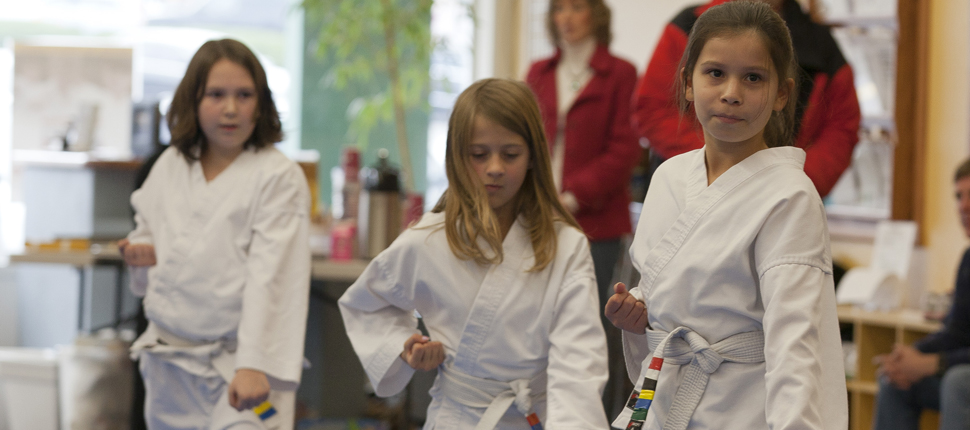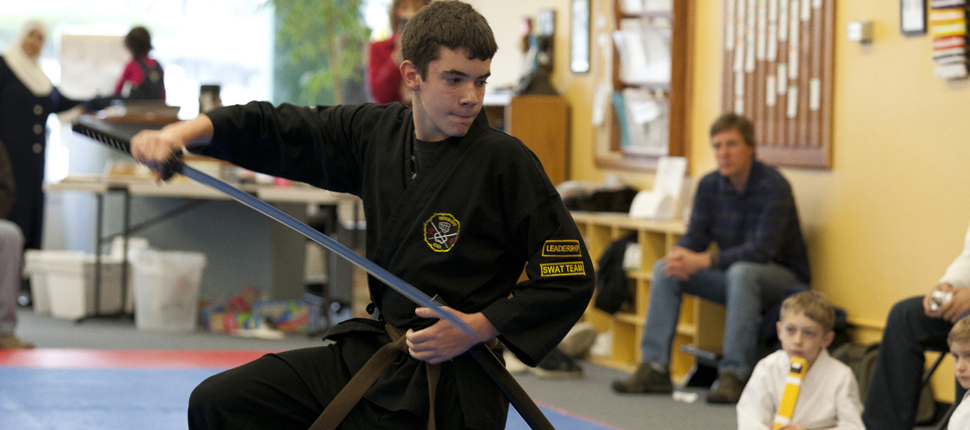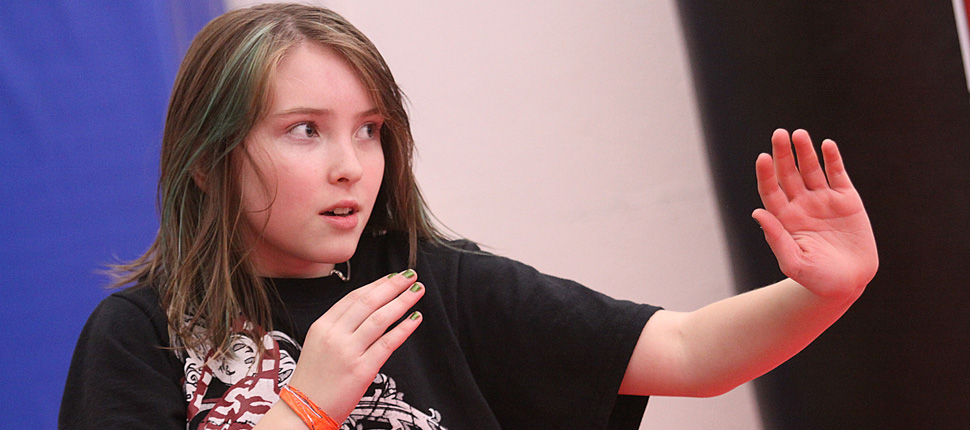Paul Keller:
 Paul D. Keller was born in New York, New York and grew up in Columbus, Ohio. His training in the Matsubayashi Shorin-ryu system under Shoshin Nagamine and Gary Tiktin began when he was 11 years old. Mr. Keller had also trained with Takayoshi Nagamine, son of Shoshin Nagamine, the founder of Shorin-ryu karate, and with Shorin-ryu masters Tadashi Yamashita and Chotoku Omine. Since then, Mr. Keller has trained with a number of other top karate instructors, including Morio Higaonna, Teruo Chinen, and Chuck Merriman of Goju-ryu, Mario “Big M” Medious and Glen Premru of Shorin-ryu.
Paul D. Keller was born in New York, New York and grew up in Columbus, Ohio. His training in the Matsubayashi Shorin-ryu system under Shoshin Nagamine and Gary Tiktin began when he was 11 years old. Mr. Keller had also trained with Takayoshi Nagamine, son of Shoshin Nagamine, the founder of Shorin-ryu karate, and with Shorin-ryu masters Tadashi Yamashita and Chotoku Omine. Since then, Mr. Keller has trained with a number of other top karate instructors, including Morio Higaonna, Teruo Chinen, and Chuck Merriman of Goju-ryu, Mario “Big M” Medious and Glen Premru of Shorin-ryu.
Mr. Keller started his t’ai chi training in 1979 with Daniel Weng. He began studying Chi Gung (qigong) in 2002 with Fred Gordon and Bruce Kumar Frantzis.
Mr. Keller won national recognition for his expertise in Okinawan weaponry through exhibitions and by winning first place at key tournaments throughout the country. In 1975, Mr. Keller was selected among the top twenty karate and kung fu stars by Official Karate magazine after winning several of the nation’s most prestigious competitions, including the USKA Grand Nationals.
Mr. Keller received his first degree black belt under the American Karate Federation in 1966. In 1973, the Okinawan Karate Federation bestowed the rank of fourth degree black belt in Shorin-ryu and third degree black belt in weaponry on Mr. Keller. In 1980, his rank was upgraded to fifth degree in Shorin-ryu and fourth degree in weaponry. Mr. Keller received his sixth degree in September 1983 and his seventh degree in February 1990. Most recently in a presentation given by Mike Hixon Sr., 9th degree black belt and one of the very first Americans to study Matsubayashi Shorin-ryu karate, promoted Mr. Keller to 8th degree black belt in Matsubayashi Shorin-ryu karate and given the prestigious title of Hanshi. In July 1987, Mr. Keller earned a first degree black belt in Muso Shinden-ryu Iaido (the art of drawing and cutting with the Japanese sword) under Shihan Takeshi Mitsuzuka and Sensei John Prough. At the 1988 ASKA Winter Camp, he was awarded the title of “Papa Paul,” and at the 1988 ASKA Summer Budo Camp received the rank of fifth degree black belt in weaponry.
Mr. Keller has participated as a defensive tactics instructor at the Ohio Peace Officers Training Academy in London, Ohio. He has sponsored several defensive tactics clinics for peace officer survival skills and effectiveness. Mr. Keller was an associate instructor of Dr. Richard Kobetz’s world-renowned Executive Protection Institute.
In 1983, Mr. Keller applied his skills in executive/VIP protection by joining the administrative staff of Forbes magazine in New York, where he was responsible for the care and personal protection of Malcolm S. Forbes, Sr., Chairman and Editor-in-Chief. He continued to serve Mrs. Roberta Forbes until her death in 1994. Since then, Mr. Keller has been a private entrepreneur, developing and operating companies ranging from Sleeping Indian Designs, maker of fine woolen cold weather hunting clothing, Expand Cellular, pioneer in cell phone directory applications, to the Jackson Hole Net Magazine and Travel Wizard, both e-commerce related activities. Mr. Keller currently teaches karate and martial arts full time at the west coast Honbu Dojo in Beaverton/Portland, Oregon.
Mr. Keller was honored by the U.S. Olympic Committee to run the Olympic Torch on its journey to Salt Lake City for the 2002 Winter Olympic Games. The theme of the Olympics and the Torch Run was “Light the Fire Within” and selection to be a Torchbearer was based on the inspirational stories told to the Committee by Mr. Keller’s many students over the years describing how their lives were inspired and impacted by his teaching.
Mr. Keller earned a B.A. degree in Russian Language and Literature, following a study tour of the former Soviet Union. He earned an M.A. in physical education, specializing in Movement Arts. Both degrees were obtained at The Ohio State University. He served at OSU as an Associate Instructor in the Physical Education Department and was head instructor of The Ohio State University Karate Club for fifteen years. He founded and headed the Columbus Karate Academy from 1973 to 1978 and the American Karate Academy from 1983-1991. In 1988, he established the Wyoming Karate Club in Jackson Hole, WY where he also taught Iaido and t’ai chi ch’uan (taijiquan). In 2011-2012 Mr. Keller attended Sports Management Worldwide headquartered in Portland, Oregon and earned his Certification in Mixed Martial Arts (MMA) Sports Management.
Mr. Keller Co-Authored American Shorin-Ryu Karate Association, A Manual For Students and Instructors and is a contributor to “Sensei: A Handbook for ASKA Instructors and Their Students” (2001) and “I Remember When” (2003). While teaching a meditation and tai chi program at Hazelden Springbrook in Newberg, Oregon, Mr. Keller published “Gentle Chi®: Progressive Movements Into Balancing Your Life (2009),” intended to aide and support patients following the 12 Step treatment and recovery process.






